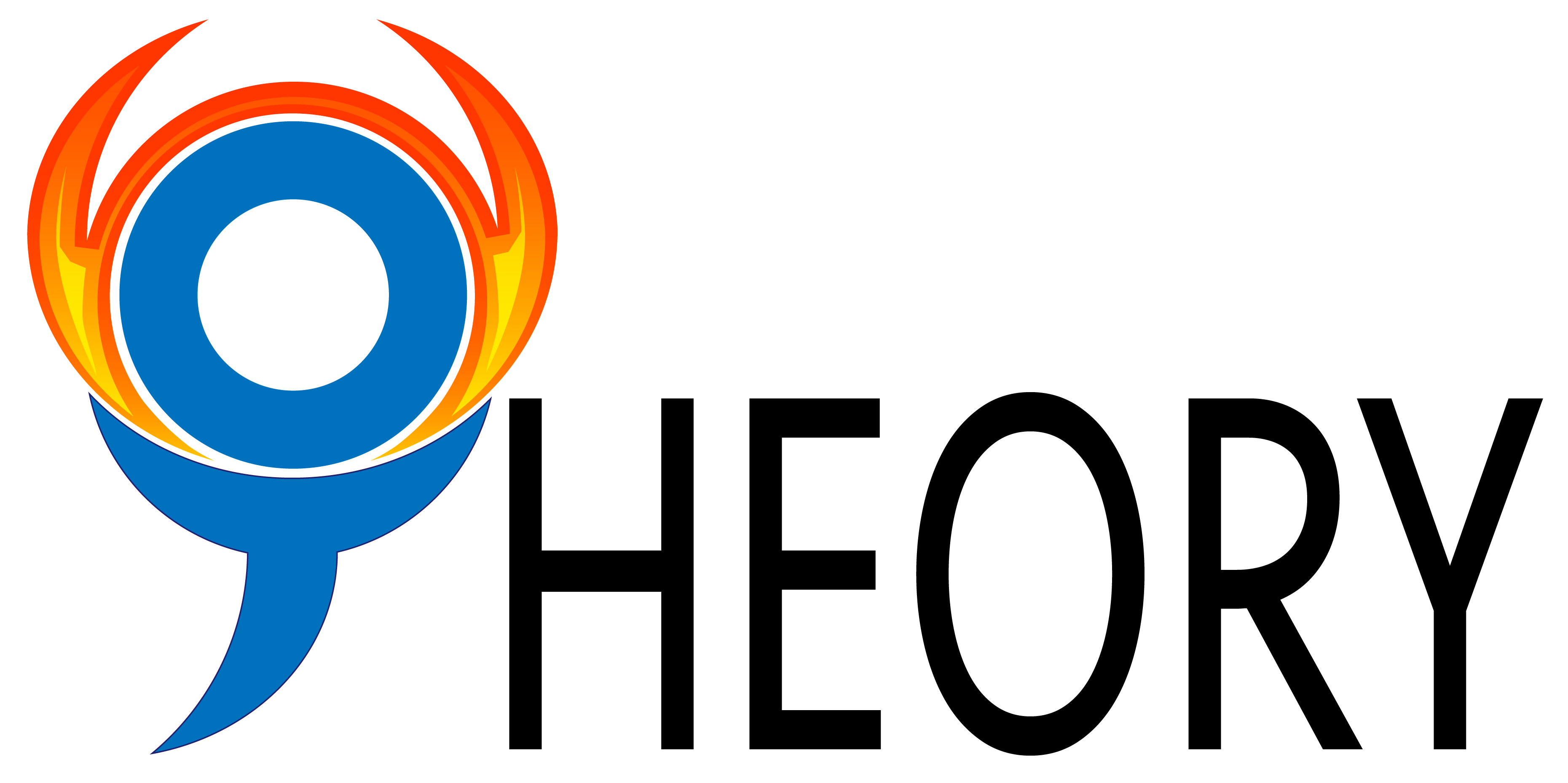The Canadian Practice Process Framework (CPPF) consists of four distinct components, three of which are contextual (including the societal context, practice context, and frame of reference). The forth component is process based and is represented by the eight action points that guide the process of occupational enablement. The eight action points are: (1) from enter/initiated, (2) set the stage, (3) assess/evaluate, (4) agree on objectives plan, (5) implement plan, (6) monitor/modify, (7) evaluate outcomes, and (8) conclude/exit. By utilizing the CPPF, occupational therapists can identify these key actions to enable clients to reach their occupational goals. The societal context is represented by a large, all-encompassing outer box and comprises the practice context, which is represented by the inner box, including personal and environmental factors that influence the client-and-therapist relationship. A dotted line separates the society context from the practice context to emphasize that they are embedded within one another and have mutual influence. The frame(s) of references permeate the practice process as it will change with the demands of the client or therapist. The action points each require an action to component that could be the assessments, interventions and/or outcome evaluation. Specific aspects of the practice process are also explicitly stated in the CPPF. The CPPF offers flexibility, i.e., the flexible process which is presented by both solid lines (full linear pathway) and dotted action lines (alternative pathways). For each of the action point, the framework describes the key enablement skills and actions. For example, one of the key actions, for the “set the stage” action point, is to engage client to clarify value, beliefs, assumptions, expectations, and desires. The following tools for occupational-based enablement are suggested to organize professional reasoning, to guide the process of practice, and to monitor and modify the process. In combination of using the chart of Canadian Model of Occupational Performance and Engagement, this could facilitate occupational therapists in clarifying and confirming known information and information gap in understanding clients’ occupational performance and engagement.
Summarized by
- Macey Cho
Type
- Framework
Population
- Child
- Adolescent
- Adult
- Elderly
Disability
- All
Domain of occupation
- Unspecified
Application Note
The desired outcome of the CPPF is to enhance occupational performance and engagement and eventually to achieve client’s occupational goals.
Key Reference
Townsend, E., Polatajko, H., & Canadian Association of Occupational Therapists. (2007). Enabling occupation II: Advancing an occupational therapy vision for health, well-being & justice through occupation. Ottawa, Canadian: Canadian Association of Occupational Therapists Publications.
Year Published
- 2007
Primary Developer
- Elizabeth A. Townsend
Primary Developer Email
- etownsend@upei.ca
